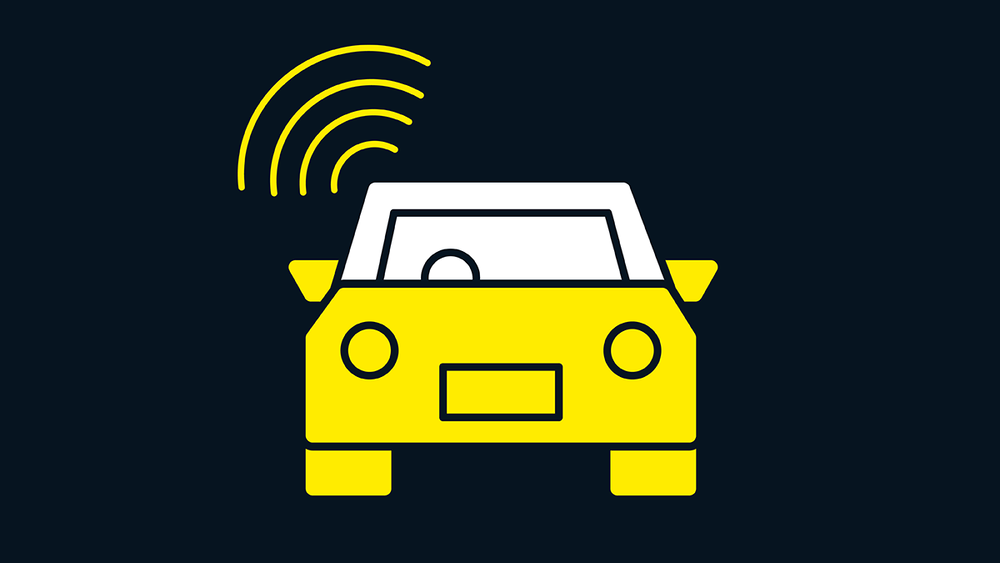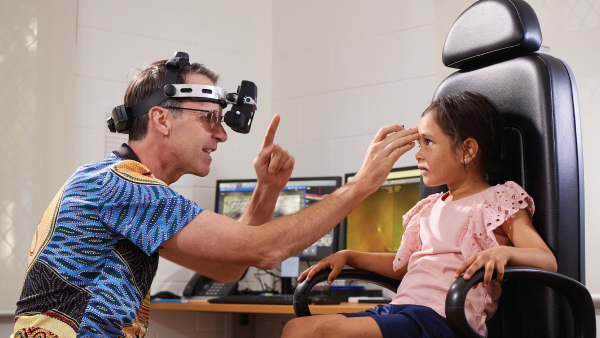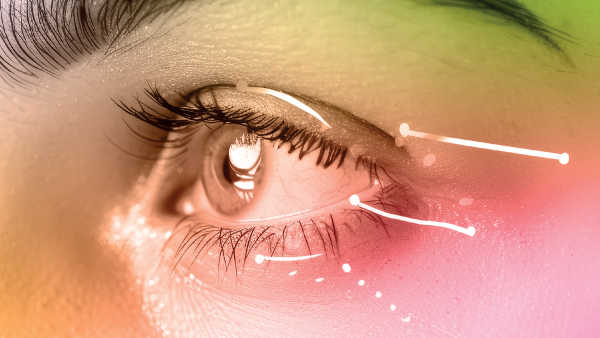You are viewing 1 of your 3 articles before login/registration is required
The Cars Have Eyes
You may see the self-driving car coming, but how do you know that it has seen you?
Good vision does not guarantee good driving, but good visual acuity and proficiency in several visual and perceptual skills are generally considered key for keeping all road users safe. For this reason, research to improve self-driving technology has looked to human eyes and the way they move, with the hopes of transferring skills over to mechanical motorists. Although self-driving technology is slowly becoming more prevalent, the majority of current systems still rely on human eyes as a failsafe for any robotic visual errors. However, the end goal is fully autonomous vehicles, which pose several challenges – and not just for those inside the car.
For pedestrians, roads without human drivers could make relatively simple tasks, such as crossing the road, more difficult ( akin to a game of chicken) simply because there are no visual cues from oncoming drivers. With safety being one of the chief concerns in fully autonomous driving, how can these cars communicate to pedestrians that they have seen them and that it is safe to cross?
One potential solution is to fit cars with large googly “eyes” of their own – Lightning McQueen eat your heart out!
Jokes aside, preliminary research suggests that it may be a good way of mediating vehicle-to-pedestrian interactions (1). Being able to look into the eyes of another allows us to gauge, at some level, what they are thinking and feeling – a skill that we develop early on in life (2). A similar skill is used when we are at the side of the road, trying to determine whether an oncoming human driver is likely to stop to let us cross.
Though cars do not have the facial musculature of humans or the malleability of their animated counterparts to effectively communicate emotion, the inclusion of robotic eyes that swivel to “look” at pedestrians waiting to cross would, at least, communicate recognition, acknowledgement – and presumably intent.
So will a self-driving future mean a future of cars with eyes? Well, there is one problem. Though most participants felt safer and more assured when making the decision to cross the road, the appearance of the googly eyes was not welcomed. Car manufacturers are famously obsessed with the look of their products, so the idea of adding a design element that actively repulses some people may be a hard sell. In fairness, the researchers were almost certainly aiming for function over fashion – so it will be interesting to see how designers adopt the concept. After all, it’s hard to argue for the safety benefits of robotic eyes, if pedestrians can’t bear to look into them.
This article first appeared in The Ophthalmologist.
References
C Chang et al., “Can eyes on a car reduce traffic accidents?” AutoUI'22, 1, 349
M Guarnera et al., “Facial expressions and ability to recognize emotions from eyes or mouth in children,” Eur J Psychol, 11, 183 (2015). PMID: 27247651.
The New Optometrist Newsletter
Permission Statement
By opting-in, you agree to receive email communications from The New Optometrist. You will stay up-to-date with optometry content, news, events and sponsors information.
You can view our privacy policy here
Most Popular
Sign up to The New Optometrist Updates
Permission Statement
By opting-in, you agree to receive email communications from The New Optometrist. You will stay up-to-date with optometry content, news, events and sponsors information.
You can view our privacy policy here
Sign up to The New Optometrist Updates
Permission Statement
By opting-in, you agree to receive email communications from The New Optometrist. You will stay up-to-date with optometry content, news, events and sponsors information.
You can view our privacy policy here







